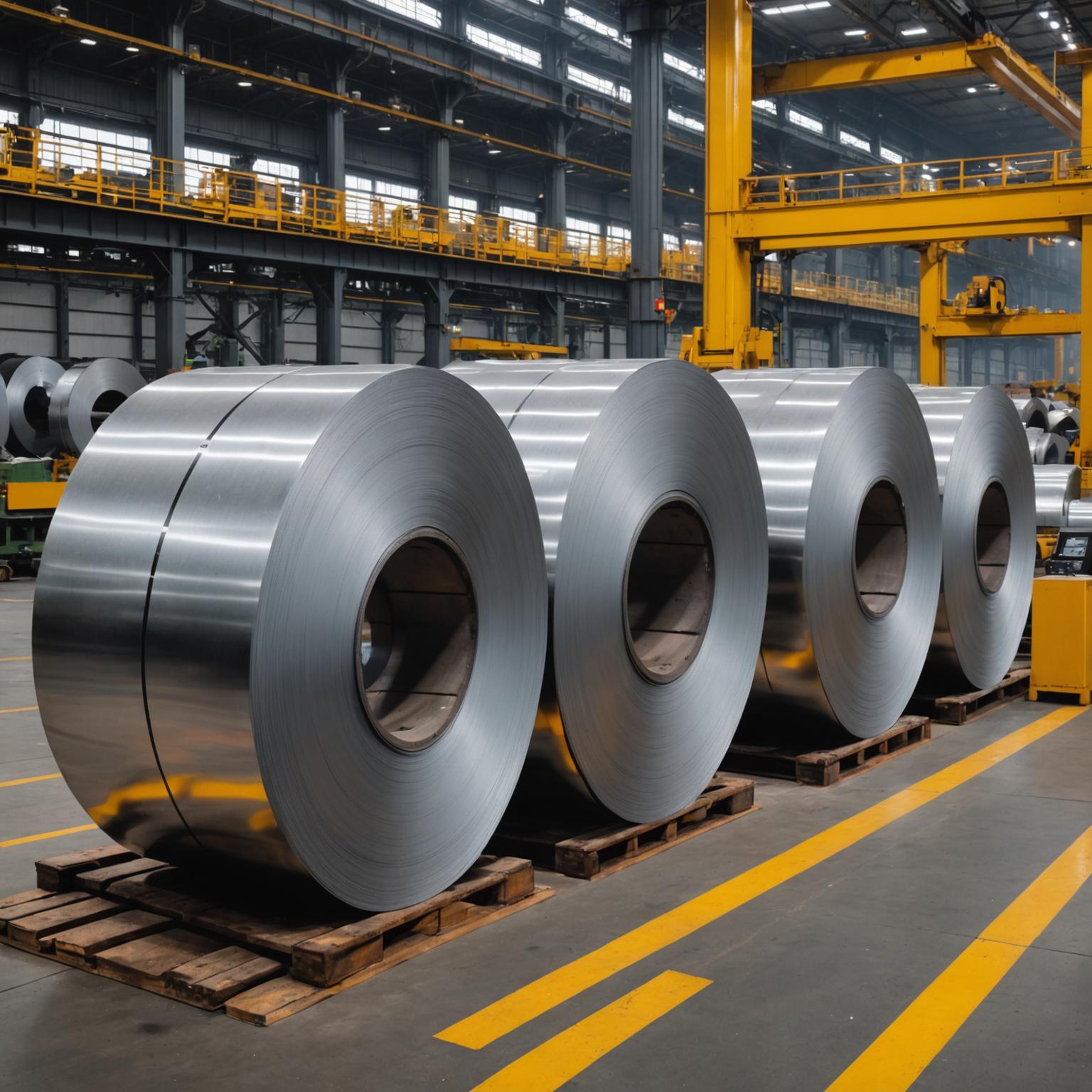When embarking on a new industrial or architectural project, material selection is one of the most critical decisions you'll make. For applications requiring high performance and exceptional corrosion resistance, the 316 family of stainless steel is often a top contender. However, a common point of confusion arises from the choice between its two primary variants. The debate of 316L vs 316 Stainless Steel coil is crucial, and understanding the subtle yet significant differences is key to determining which is better for your project. While these two alloys share many properties, the choice can directly impact the longevity, durability, and overall success of your finished product.
What is 316 Stainless Steel?
Standard Grade 316 stainless steel is a highly regarded austenitic stainless steel alloy. Its composition primarily includes iron, with significant additions of chromium (around 16-18%), nickel (10-14%), and, importantly, molybdenum (2-3%). The inclusion of molybdenum is what sets the 316 grade apart from the more common 304 grade, giving it vastly superior resistance to corrosion, particularly from chlorides and other industrial solvents. This makes it an ideal material for applications in harsh environments. You will commonly find 316 stainless steel used in marine hardware, chemical processing and storage equipment, pharmaceutical manufacturing, and medical devices. Its combination of strength, toughness, and exceptional anti-corrosion properties has made it a reliable workhorse in demanding industries for decades. The carbon content in standard 316 stainless steel is capped at 0.08%.
What Makes 316L Stainless Steel Different?
The 'L' in 316L stands for 'low carbon.' This is the single most important distinction between the two alloys. The 316L grade has a maximum carbon content of just 0.03%. While this might seem like a minuscule difference, it has profound implications for the material's performance, especially in fabricated structures. This reduction in carbon was specifically engineered to address a problem known as sensitization, which occurs during high-temperature processes like welding. In every other respect, including the critical chromium, nickel, and molybdenum content, 316L is virtually identical to its 316 counterpart. Therefore, it retains the same excellent corrosion resistance in its base form, along with similar mechanical characteristics, making it a highly versatile and popular choice.
The Critical Role of Carbon in Welding
To truly understand the advantage of 316L, one must understand the phenomenon of carbide precipitation, or sensitization. When standard 316 stainless steel is heated to temperatures between approximately 425 to 815°C (800 to 1500°F), such as in the heat-affected zone of a weld, the higher carbon content can combine with chromium to form chromium carbides along the grain boundaries of the steel. This process effectively locks up the chromium, preventing it from forming the protective chromium oxide layer that gives stainless steel its renowned corrosion resistance. The result is a localized area near the weld that is highly susceptible to intergranular corrosion, also known as 'weld decay.' This can compromise the structural integrity of the entire component. Because 316L stainless steel has a significantly lower carbon content, there is simply not enough carbon available to form these detrimental chromium carbides. This makes 316L immune to sensitization, ensuring that the weld seams and surrounding areas remain just as corrosion-resistant as the rest of the material.
A Look at Mechanical Properties: Strength and Hardness
One area where a slight difference exists is in the mechanical properties. Due to its higher carbon content, standard 316 stainless steel is marginally stronger and harder than 316L. The carbon acts as a hardening agent within the steel's crystal lattice. However, it's important to put this into perspective. The difference in yield strength and tensile strength is often minimal and, for the vast majority of applications, is not a deciding factor. The superior performance of 316L in welded fabrications almost always outweighs this minor reduction in strength. Both grades exhibit excellent ductility and toughness, even at cryogenic temperatures, and can be readily formed and drawn. Unless an application has a very specific, non-welded requirement for the slightly higher hardness of 316, the mechanical properties are considered comparable for practical design purposes.
Corrosion Resistance and Cost Considerations
In a non-welded state or after a proper solution annealing treatment, the general corrosion resistance of 316 and 316L stainless steel is identical. The molybdenum content ensures both provide outstanding protection against pitting and crevice corrosion in chloride-rich environments. The difference, as emphasized, only emerges after welding. In the past, the production of low-carbon stainless steel was a more complex and expensive process, making 316L a premium-priced option. However, advancements in steel manufacturing, particularly the advent of the Argon Oxygen Decarburization (AOD) process, have made it much more efficient to control and reduce carbon content. As a result, the price difference between a 316 and 316L stainless steel coil is now negligible or non-existent. In fact, due to its versatility, many steel suppliers now stock 316L as their standard offering, as it can be dual-certified and used for applications specifying either grade.
Conclusion: Which is Better for Your Project?
After reviewing the key differences, the answer to the 316L vs 316 Stainless Steel coil question becomes clear for most modern applications. For any project that requires welding—which encompasses a vast range of construction, fabrication, and manufacturing—316L is the unequivocally superior choice. Its low carbon content prevents weld decay, ensuring uniform corrosion resistance across the entire structure and guaranteeing long-term integrity and safety. Given that there is little to no cost disadvantage and it is widely available, 316L has become the default choice for engineers and fabricators. Standard 316 should only be considered for older, legacy applications or the rare niche project that requires slightly higher hardness and involves no welding whatsoever. By choosing 316L stainless steel, you are investing in a more reliable, durable, and versatile material that eliminates a potential point of failure, ensuring your project stands the test of time.








